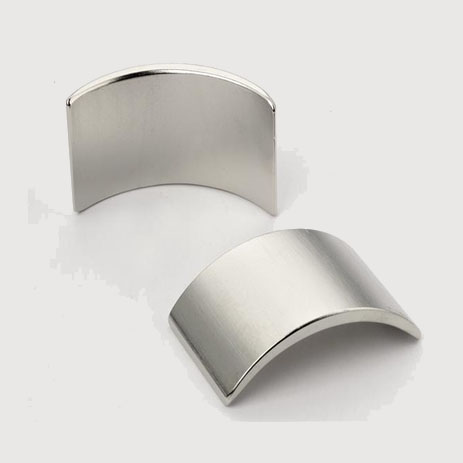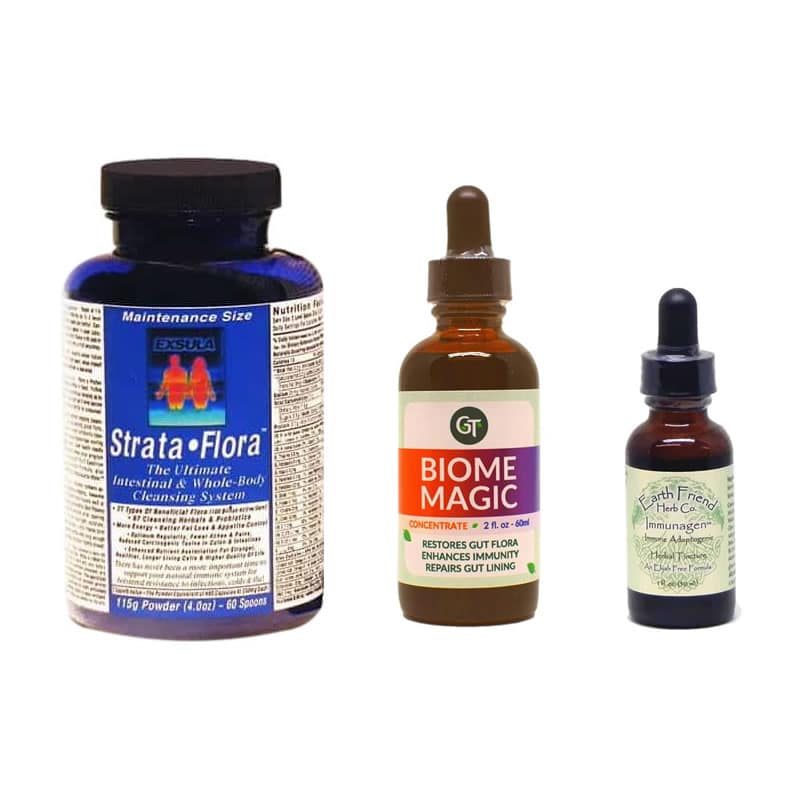No products in the cart.
Gene Marks Susceptibility to Vaccine Injury
HLA-DR4: A Potential Genetic Marker for Risk of Vaccine-Injury
Knowledge of the human immune system has increased dramatically over the past decades with a greater understanding of the complex nature of the regulation of the immune response emerging year-by-year. Only within the last 25 years have we learned of the different immune responses generated by Helper Th1 and Th2 cells and their different roles in attacking different types of pathogens. Th17 cells (and their role in autoimmune disease) were not mentioned in the scientific literature until just a mere five years ago in 2006 and have yet to be fully understood. Another area of growing research is the study of HLA subtypes and their potential as genetic markers for a variety of autoimmune diseases. HLA stands for Human Leukocyte Antigen system and is the Major Histocompatibilty Complex (MHC) in humans. The HLA genes encode cell-surface antigen presenting proteins and can be divided into several classes. Class I molecules present proteins from inside the cells potentially including viral proteins, whereas Class II molecules present proteins from outside the cell to T-lymphocytes ultimately resulting in an antibody response if not suppressed by suppressor T-cells.
Increasingly, autoimmune diseases have been recognized as having a genetic basis mediated by HLA subtypes. Certain HLA genes create a genetic disposition towards development of autoimmune disease, typically requiring some environmental trigger to evolve into a full-blown disease state. For instance, celiac disease has been strongly associated with HLA-DQ2, while Type I diabetes, rheumatoid arthritis, and multiple sclerosis have been associated with HLA-DR4, among many examples. Likewise, numerous published studies have demonstrated an association between HLA-DR4 and autism [1,2,3]. Given the genetic transmission of HLA subtypes one would expect to find a relationship between parental autoimmune disease and autism. Recent studies have shown that this indeed the case. A recent article appearing in Pediatrics showed associations regarding a family history infantile autism and a maternal history of rheumatoid arthritis [4]. Further examples are highlighted in the article, New Clues to who is Susceptible to Autism via Vaccine Injury, which suggests that children with a family history of thyroid disease or rheumatoid arthritis have a 1 in 7 and 1 in 8 chance of developing autism [5].
To many these results would come as no surprise. Some would go so far as to classify autism as an autoimmune disease itself. Even if one doesn’t go that far it is difficult to ignore the abnormalities of the immune system observed in children with autism. Auto-antibodies against myelin basic protein have been found in children with autism potentially resulting brain damage and inflammation responsible for autistic symptoms [6]. Another study found that 96% of children with autism who had anti-HSV antibodies also had anti-encephalon antibodies which were “directly related to the severity of autism” [7]. Additionally, children with autism have been reported to have numerous immune system difficulties such as chronic GI inflammation and increased allergies. Further evidence of the link between autoimmune disease and autism is summarized in a smartvax.com article.
Could it be possible that the regression into autism reported by countless parents may be the result of an autoimmune process triggered by vaccination? Evidence suggests that the use of aluminum hydroxide adjuvants or thimerosal may provide two mechanisms for autoimmune disease (potentially including autism) triggered by vaccination. One study has shown that the vaccine for lyme disease is capable of triggering arthritis in genetically susceptible hamsters and that, when aluminum hydroxide was added to the vaccine, 100% of the hamsters developed arthritis [8]. Other studies have shown that the development of inflammatory joint disease and rheumatoid arthritis in adults in response to the HepA and HepB vaccines respectively were correlated to the HLA subtype of the individuals [9,10]. Given that aluminum works as an adjuvant by increasing expression of MHC [11], it perhaps should not be surprising that in individuals susceptible to autoimmune disease on the basis of the MHC HLA subtype might be adversely affected by the use of aluminum hydroxide in vaccines. In addition to aluminum, thimerosal has also been demonstrated to induce a systematic autoimmune syndrome in transgenic HLA-DR4 mice [12] and the mice with a genetic susceptibility for autoimmune disease showed profound behavioral and neuropathological disturbances. These results were not observed in strains of mice without autoimmune sensitivity. Likewise, the increasing rates of autism have been mirrored by similar increases in other autoimmune diseases such as juvenile rheumatoid arthritis and juvenile type I diabetes. These diseases are also impacted by the HLA subtype of the individual, specifically by HLA-DR4. A further outline for the case between autoimmune disease and vaccination is discussed in the smartvax.com article, Autoimmune Diseases: Vaccine as a Possible Trigger.
Given the relationship between autoimmune disease, HLA subtypes, autism, and triggering of autoimmune disease via vaccination, it sounds reasonable that a genetic screening could be performed to identify children at-risk for adverse events from vaccination. And while the CDC publicly maintains the stance that vaccines are safe for ALL children ALL the time, they appear to be quietly exploring just such a possibility. Among the Immunization Safety Office’s (ISO) 2008 scientific agenda are included studies of HLA subtype resulting in rheumatoid arthritis following HepB vaccination and investigation of the increase adverse reaction risk due to a family history of autoimmune disease or atopic disease. The complete draft recommendation can be found at the Immunization Safety Office Scientific Agenda.
Moreover, HLA-DR4, which has been linked to rheumatoid arthritis following hepatitis B vaccination, is also associated with a low response rate to this vaccine. This creates an inverted risk to benefit ratio for this vaccine in this subgroup. HLA subtype has be identified a key contributor to the variability in immunization response [13]. As research continues to expand our knowledge of the relationship between the immune system and autism and our understanding of the control of immune responses and autoimmune disease the development of a genetic screening tool to identify individuals susceptible to vaccine injury becomes more and more plausible. Given the rapid expansion of the routine immunization schedule and the difficulty in obtaining vaccine exemptions in many states, it is a moral imperative to do this research and identify these individuals as soon as possible
References
[1] Lee LC, Zachary AA, Leffell MS, Newschaffer CJ, Matteson KJ, Tyler JD, Zimmerman AW. HLA-DR4 in families with autism. Pediatr Neurol. 2006 Nov;35(5):303-7.
[2] Torres AR, Maciulis A, Stubbs EG, Cutler A, Odell D. The transmission disequilibrium test suggests that HLA-DR4 and DR13 are linked to autism spectrum disorder. Hum Immunol. 2002 Apr;63(4):311-6.
[3] Reed P. Warren, Vijendra K. Singh, Phyllis Cole, J. Dennis Odell, Carmen B. Pingree, W. Louise Warren, Charles W. DeWitt and Maxine McCullough. Possible association of the extended MHC haplotype B44-SC30-DR4 with autism. Immunogenetics. Volume 36, Number 4, 203-207.
[4] Hjrds . Atladttir, Marianne G. Pedersen, Cand Scientb, Poul Thorsen, Preben Bo Mortensen, Bent Deleuran, William W. Eaton, BA, Erik T. Parner. Association of Family History of Autoimmune Diseases and Autism Spectrum Disorders. PEDIATRICS Vol. 124 No. 2 August 2009, pp. 687-694.
[5] Laster, S. New Clues to Who is Susceptible to Autism Via Vaccine Injury. Age of Autism Dec 20 2008.
[6] Singv VK, Lin SX. Abnormal measles-mumps-rubella antibodies and CNS autoimmunity in children with autism, J Biomed Sci, 2002 July-August; 9(4): 359-364.
[7] Mora M, Quintero L, Cardenas R, Surez-Roca H, Zavala M, Montiel N. Invest Clin. Association between HSV-2 infection and serum anti-rat brain antibodies in patients with autism. 2009 Sep;50(3):315-26.
[8] Cindy L. Croke, Erik L. Munson, Steven D. Lovrich, John A. Christopherson, Monica C. Remington, Douglas M. England, Steven M. Callister and Ronald F. Schell. Occurrence of Severe Destructive Lyme Arthritis in Hamsters Vaccinated with Outer Surface Protein A and Challenged with Borrelia burgdorferi. Infection and Immunity, February 2000, p. 658-663, Vol. 68, No. 2.
[9] Ferrazzi V, Jorgensen C, Sany. Inflammatory joint disease after immunizations. A report of two cases. J Rev Rhum Engl Ed. 1997 Apr;64(4):227-32.
[10] Pope J, Stevens A, Howson W, Bell D.A. The development of rheumatoid arthritis after recombinant hepatitis B vaccination. Journal of Rheumatology, 1998, Vol. 25, No. 9, p 1687-1693.
[11] Marina Ulanova, Andrej Tarkowski, Mirjana Hahn-Zoric and Lars . Hanson. The Common Vaccine Adjuvant Aluminum Hydroxide Up-Regulates Accessory Properties of Human Monocytes via an Interleukin-4-Dependent Mechanism. Infect Immun. 2001 February; 69(2): 1151-1159.
[12] Havarinasab S, Lambertsson L, Qvarnstrm J, Hultman P. Dose-response study of thimerosal-induced murine systemic autoimmunity. Toxicol Appl Pharmacol. 2004 Jan 15;194(2):169-79.
[13] Kimman TG, Vandebriel RJ, Hoebee B. Genetic Variation in the Response to Vaccination. Public Health Genomics, 2007, Vol. 10, No. 4.







